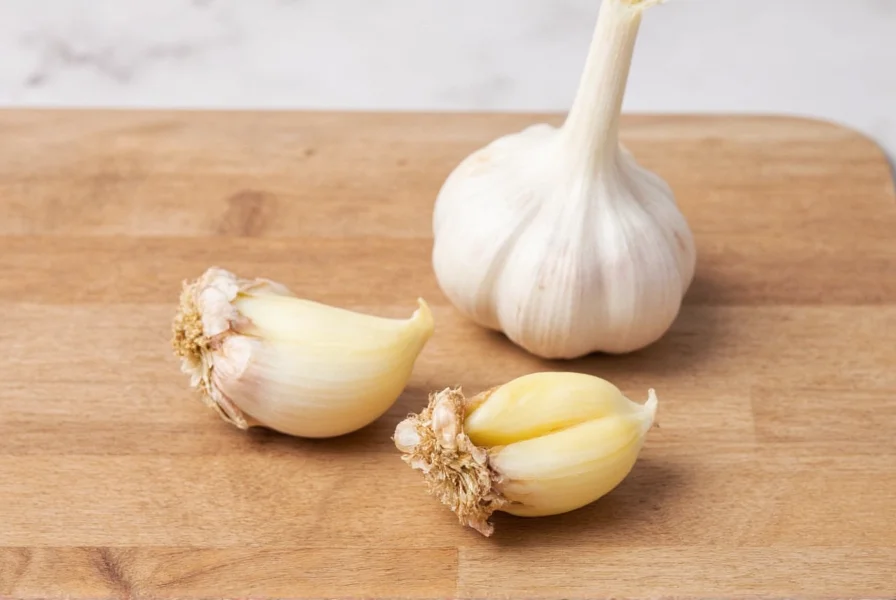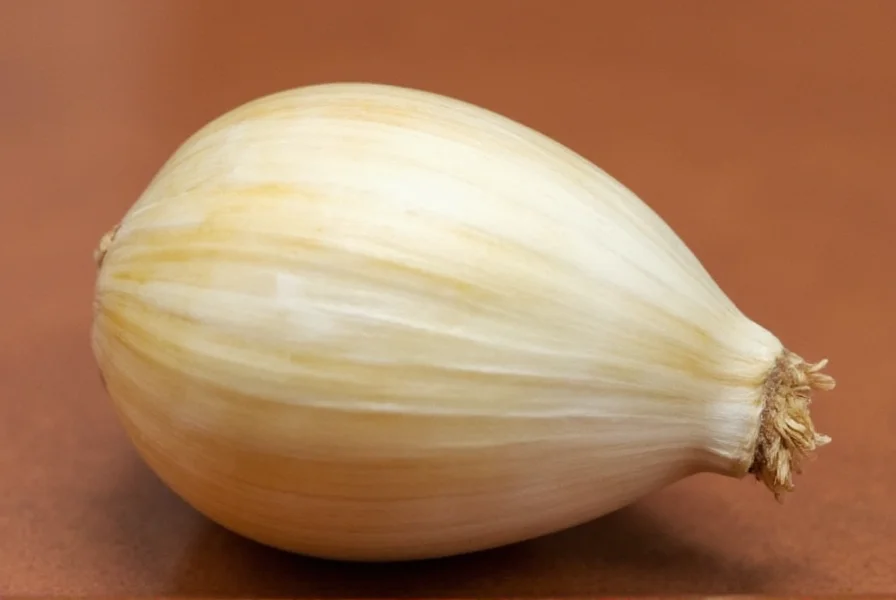Understanding garlic measurements is essential for recipe accuracy and flavor balance in cooking. Whether you're following a recipe that calls for cloves but you have pre-minced garlic, or need to substitute garlic powder for fresh garlic, knowing these conversions prevents culinary mishaps and ensures consistent results.
Garlic Measurement Fundamentals
Garlic measurements aren't one-size-fits-all due to natural variations in clove size. The standard medium garlic clove (about 1 inch long and 3/4 inch in diameter) serves as the baseline for most recipe conversions. When recipes specify "garlic, minced" without mentioning cloves, they typically assume medium-sized cloves.
Comprehensive Garlic Conversion Guide
Accurate garlic measurement depends on both the form of garlic and the size of the cloves. Here's a detailed reference for how many tsp of garlic in a clove across different preparations:
| Garlic Form | Small Clove | Medium Clove | Large Clove |
|---|---|---|---|
| Minced Fresh Garlic | 1/4 tsp | 1/2 tsp | 1 tsp |
| Garlic Powder | 1/16 tsp | 1/8 tsp | 1/4 tsp |
| Garlic Paste | 1/4 tsp | 1/2 tsp | 1 tsp |
| Garlic Salt | 1/4 tsp | 1/2 tsp | 1 tsp |
Factors Affecting Garlic Measurements
Several variables influence how many teaspoons of minced garlic in one clove you'll actually get:
- Cultivar differences: Some garlic varieties naturally produce larger or smaller cloves
- Growing conditions: Soil quality and climate affect bulb development
- Storage time: Older garlic cloves may shrink slightly, reducing yield
- Preparation method: How finely you mince affects volume (finer mince = slightly less volume)
Substituting Between Garlic Forms
When substituting one garlic form for another, understanding the garlic clove to teaspoon conversion ratio is crucial. Here are the most reliable substitution guidelines:
- 1 medium fresh garlic clove = 1/2 teaspoon minced garlic = 1/8 teaspoon garlic powder
- 3 teaspoons minced garlic = 1.5 tablespoons = 1/2 ounce by weight
- Garlic powder is approximately 3 times more potent than fresh garlic by volume
- When substituting garlic powder for fresh, use 1/8 teaspoon powder per medium clove called for
Remember that fresh garlic to garlic powder ratio isn't perfectly linear due to moisture content differences. Fresh garlic contains about 60% water, while garlic powder is dehydrated. This means garlic powder delivers more concentrated flavor per teaspoon.

Practical Measurement Tips
For the most accurate results when working with the how much minced garlic equals one clove question:
- Use a microplane grater for consistent mince that packs less air than hand-chopped garlic
- When measuring minced garlic, gently press it into the teaspoon without compacting
- For critical recipes, weigh garlic instead of measuring by volume (1 medium clove ≈ 10 grams)
- When in doubt between sizes, err on the side of less garlic—you can always add more
Common Measurement Mistakes to Avoid
Many home cooks make these errors when converting garlic measurement equivalents:
- Assuming all cloves are the same size (they vary by 300-400% in weight)
- Using heaping teaspoons of minced garlic instead of level measurements
- Substituting equal volumes of garlic powder for fresh garlic (should be 1:3 ratio)
- Not accounting for garlic paste preservatives that affect flavor intensity

When Precision Matters Most
Certain recipes demand exact garlic clove to teaspoon conversion for optimal results:
- Delicate sauces (like aioli or hollandaise) where garlic can overpower other flavors
- Canning and preserving where proper acid-to-ingredient ratios affect safety
- Baking applications (garlic bread, focaccia) where chemical reactions matter
- International cuisines with precise flavor balance requirements (Thai, Indian, Mediterranean)
For everyday cooking, don't stress perfection—taste as you go. But when following baking recipes or preserving foods, precise how to measure garlic for recipes becomes critical for both flavor and food safety.
Frequently Asked Questions
How many teaspoons is 2 garlic cloves?
Two medium garlic cloves yield approximately 1 teaspoon of minced garlic. For small cloves, you'll get about 1/2 teaspoon, while two large cloves can produce up to 2 teaspoons of minced garlic.
Can I substitute garlic powder for fresh garlic in equal amounts?
No, garlic powder is significantly more concentrated than fresh garlic. The proper fresh garlic to garlic powder ratio is 3:1—use 1/8 teaspoon garlic powder for each medium fresh garlic clove called for in your recipe. Using equal amounts would result in overpowering garlic flavor.
Does roasting garlic change the teaspoon measurement per clove?
Roasting reduces garlic's volume slightly due to moisture loss, but the standard garlic measurement equivalents remain applicable. A roasted medium clove still equals approximately 1/2 teaspoon when mashed. The flavor becomes sweeter and milder, but the volume measurement stays consistent for recipe purposes.
How do I measure garlic when a recipe calls for '1 head of garlic'?
A standard garlic head contains 10-12 cloves. Using the how many tsp of garlic in a clove conversion, this equals approximately 5-6 teaspoons (1-1.25 tablespoons) of minced garlic. For roasted whole heads, the yield decreases to about 3-4 teaspoons due to moisture loss during cooking.
Why do some recipes specify garlic by weight instead of cloves?
Professional recipes often use weight measurements because garlic clove size variations make volume measurements inconsistent. One ounce (28 grams) of garlic equals approximately 3 medium cloves or 1.5 teaspoons of minced garlic. Weight provides the most accurate measurement for critical recipes.










 浙公网安备
33010002000092号
浙公网安备
33010002000092号 浙B2-20120091-4
浙B2-20120091-4